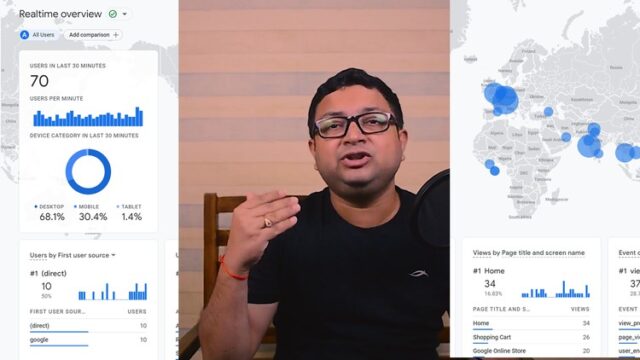
For their collection, Harpman and Specht put together a taxonomy of the lids, which is based on how the liquid is accessed by the drinker-peel, pinch, pucker, and puncture. Since then, designers have created a wide array of coffee lid styles to address this one simple problem. And so, Harpman writes, these coffee lovers became “accidental DIY designers: they created the first drink-through coffee lids by peeling way small sections of the flat polystyrene, thermoformed lids.”

In the mid-20th century, as the popularity of drive-ins and fast food restaurants increased, customers with a hot to-go beverage had a problem: they couldn’t access their drink through the lid. Benjamin English/Princeton Architectural Press A type of “pucker” lid, whereby the drink is accessed through the lid, rather than the cup. But as Harpman details in the introduction to the new book she co-wrote with Specht, Coffee Lids: Peel, Pinch, Pucker, Puncture, there is a fascinating design history behind the objects. The coffee cup lid is one of those seemingly mundane inventions that are so fully integrated into modern life, they’re easy to overlook. Together, they own the world’s largest collection of disposable coffee lids. They’re not as much enamored by the beverage as they are by what prevents it from spilling: the coffee cup lid.


The designer Louise Harpman and the architect Scott Specht are both coffee connoisseurs, but not in the way you might expect.


 0 kommentar(er)
0 kommentar(er)
